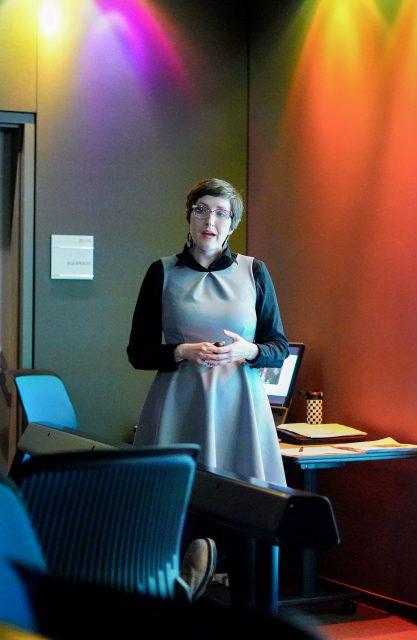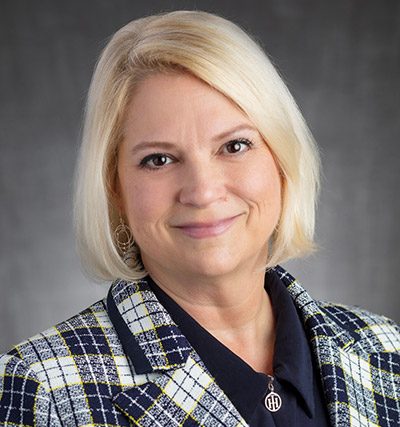Dallas African American Museum gives students perspective of struggles for equal rights in America

By Malik Giles/campus editor
Connect students visited the African American Museum in Dallas to learn about enslaved poets, old musicians and the civil rights activists throughout the century Feb. 22.
Students experienced the Decorative Arts Collection exhibits, displaying furniture created by famous furniture maker Thomas Day and other pieces created by the enslaved artists.
“There’s more than the stereotypical black celebrities we’re always learning about such as MLK or Malcolm X,” said TR student and Intercultural Network member Wendell Robinson. “There were scientists, painters and poets, and this shows that we were more capable of what they thought we were.”
These slaves also made sculptures out of random material they found on the plantations.
“Even though they were enslaved, it didn’t stop them for showing who they truly were,” TR student Scarlett Meza said.
Watercolor paintings were also a part of the collection. Museum tour guide Kathy Ronalds introduced students to “Seascape” by William Pajaud and a painting of Michael Jackson in his “Smooth Criminal” music video as well as many others.
Ronalds discussed the “Green Book” movie, which not many students were familiar with.
“Segregation was rapid after African American artists like Cab Calloway or Bessis Smith…They were performing but could sleep at the regular hotels or restaurants,” Ronalds said. “The purpose of the green book was a safety measure to tell you where you can go without going to the bad places that tell you to go to the back.”
Three letters by the African American poet Zora Neale Hurston, written to the husband that divorced her, are akin to the modern-day phenomena of texting your ex.
The displays reminded students to appreciate today’s world and how so much has changed, which TR student Jordan Moody admires.
“We do not forget the past and not make the same mistakes,” she said. “I learned more about African American Culture than what grade school taught us.”




































